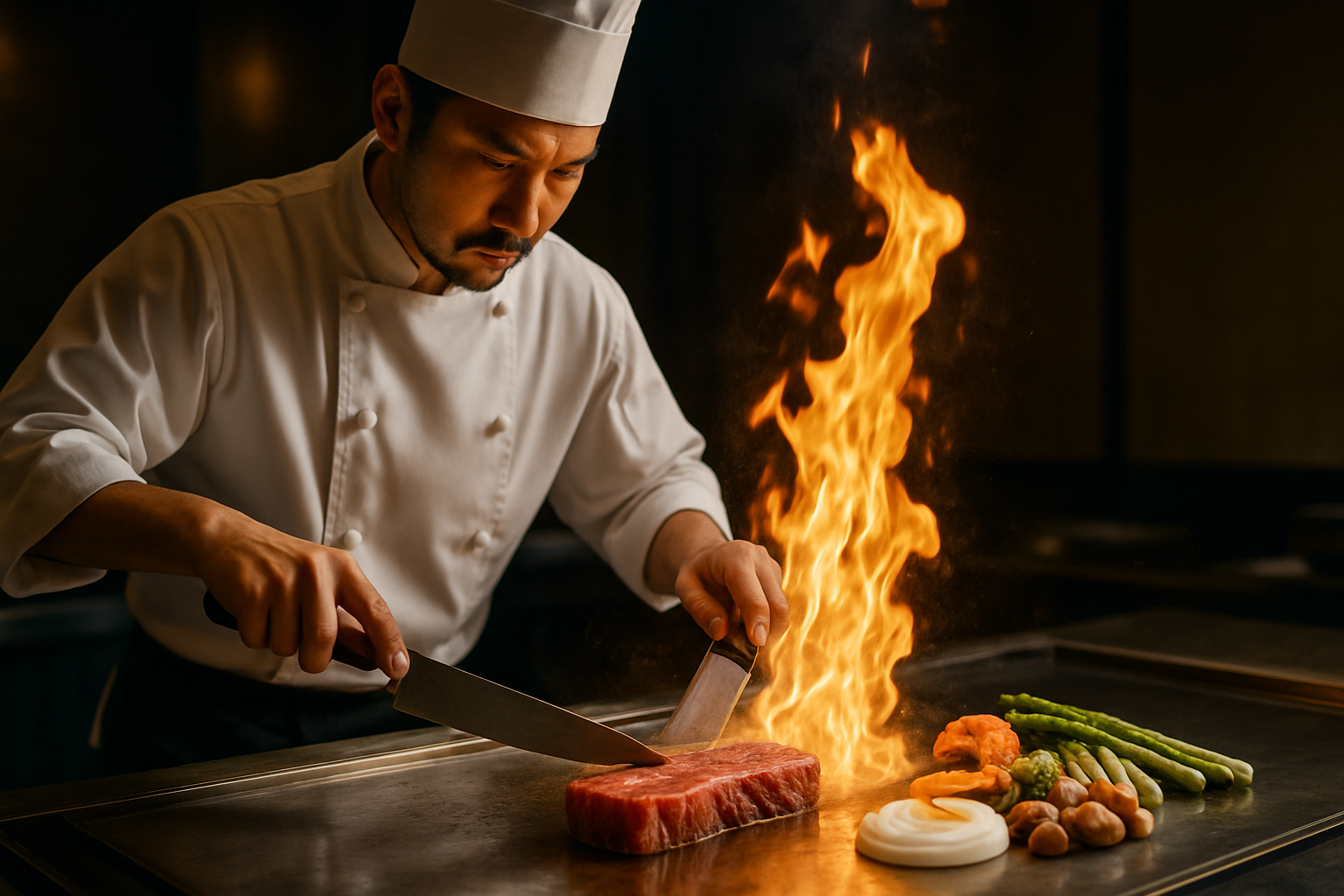Culinary Jobs: Roles, Skills, and Work Settings
Culinary jobs span a wide range of roles in restaurants, hotels, catering companies, and event venues, each centered on food preparation and service. Whether working on a grill, in a sushi bar influenced by Japan’s techniques, or managing pastry stations for dessert, people in culinary roles combine technical skills, hygiene practices, and teamwork to create consistent meals and memorable dining experiences.

What roles exist in a restaurant kitchen?
A typical restaurant kitchen includes positions such as line cooks, sous chefs, pastry chefs, and kitchen assistants. The chef or sous chef oversees cooking techniques, inventory, and consistency of meal preparation across starters, mains, and dessert. Line cooks often specialize — one may focus on grill stations while another handles vegetables or sauces. Support staff handle dishwashing, prep of ingredients, and maintaining hygiene standards to keep the kitchen running smoothly and safely.
How do knife skills and hygiene affect daily work?
Knife proficiency is a foundational skill for efficient meal preparation, from precise vegetable cuts to portioning meat and fish. Good knife technique reduces waste and improves plating speed. Equally important is hygiene: safe handling of raw meat and fish, frequent handwashing, appropriate storage, and clean uniforms prevent cross-contamination. Kitchens follow protocols for sanitizing surfaces and equipment, labeling prep stations, and using separate cutting boards for raw proteins to maintain food safety.
How does grilling and meat preparation vary by station?
Grill stations require an understanding of heat control, timing, and how different cuts of meat respond to direct heat. Preparing meat involves trimming, seasoning, and resting proteins so they reach the desired texture and flavor. Grill work also often coordinates with vegetable accompaniments and sauces to complete a plate. Fish can be grilled as well, though it generally cooks faster and needs gentler handling. Coordination between stations ensures courses are served at correct temperatures and quality.
What skills are needed for sushi and fish handling?
Sushi stations emphasize precision, knife work, and specific hygiene practices for raw fish. Chefs trained in techniques associated with Japan prioritize accurate slicing, rice preparation, and temperature control to minimize food-safety risks. Proper sourcing and storage of fish are essential; understanding how to fillet, debone, and portion seafood keeps quality high. Sushi roles often demand meticulous presentation and steady pacing for service while adhering to strict cleanliness and cross-contamination prevention.
What are responsibilities for catering, events, and hotel work?
Catering and events require logistical planning in addition to culinary skills: menu scalability, transport-safe packaging, and timing for large-volume meal preparation. Hotel culinary roles often blend restaurant and events work, supporting banquet services, in-room dining, and on-site restaurants. Staff in these settings must adapt recipes for different contexts, coordinate with front-of-house teams, and maintain consistent food quality. Uniform policies and clear communication help uphold brand standards across multiple service types.
How do dessert, vegetables, and uniform standards fit into kitchens?
Pastry and dessert stations demand techniques distinct from savory cooking, including temperature control for sugars and precise baking measurements. Vegetable prep underpins many dishes and often requires different cutting techniques and blanching or roasting approaches. Uniforms serve practical and safety purposes: appropriate shoes, chef coats, and hair restraints protect staff and food. Clean uniforms and adherence to hygiene standards contribute to workplace professionalism and minimize contamination risks in any culinary setting.
Culinary jobs combine technical skill, safety practices, and collaboration across varied environments such as restaurants, hotels, catering operations, and event venues. From sushi counters influenced by Japan to busy grill stations and pastry corners for dessert, each role supports the overall goal of delivering consistent, well-prepared food while maintaining hygiene and operational standards.






